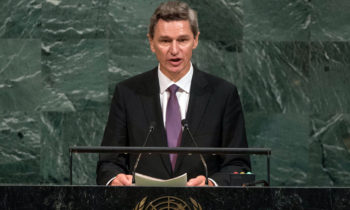
Tore Hattrem, Permanent Representative of Norway to the United Nations, addresses the general debate of the General Assembly’s seventy-second session. UN Photo/Cia Pak
Underscoring that the “unprecedented” progress achieved by human kind over the last decades cannot be taken for granted, Norway called for continued international cooperation to safeguard the achievements and to ensure that they remain sustainable.
“Protectionism and isolationism will reverse our common development. We need more trade and cooperation – not less,” said Tore Hattrem, the Chairperson of the Delegation of Norway at the 72nd annual general debate of the United Nations General Assembly.
The world cannot afford to “shake the very foundations” that its open, global economic order is based on, he added.
In his remarks, Mr. Hattrem stressed that the United Nations is the “backbone” of the global order, noting, in his words that a strong and healthy back is needed to address and resolve the challenges the world is facing today.
“But we know that we can do it together.”

Tore Hattrem, Permanent Representative of Norway to the United Nations, addresses the general debate of the General Assembly’s seventy-second session. UN Photo/Cia Pak
He also urged continued commitment for the implementation of the Sustainable Development Goals (SDGs), in particular Goal 4, on inclusive and equitable quality education and lifelong learning opportunities for all.
Norway’s head of delegation also noted that the country has actively supported the UN since it was founded, and expressed his support to Secretary-General António Guterres’ vision for the Organization.
https://gadebate.un.org/sites/default/files/gastatements/72/no_en.pdf
(N.Sethurupan, UN News Centre )


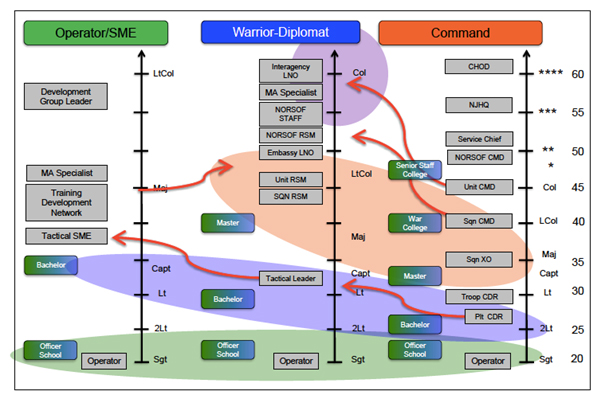
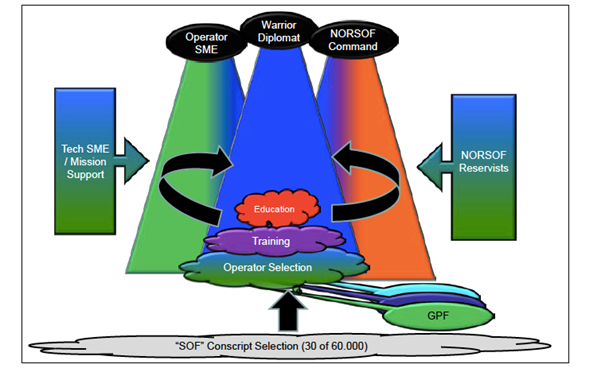

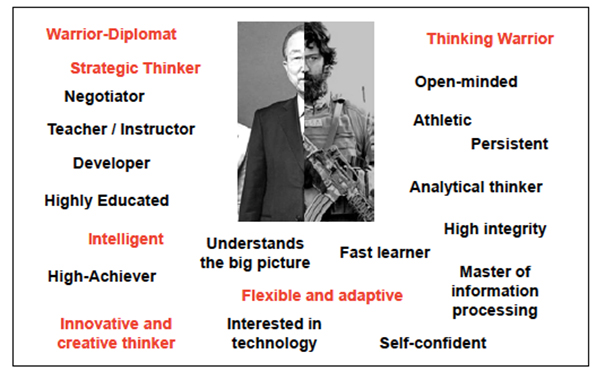


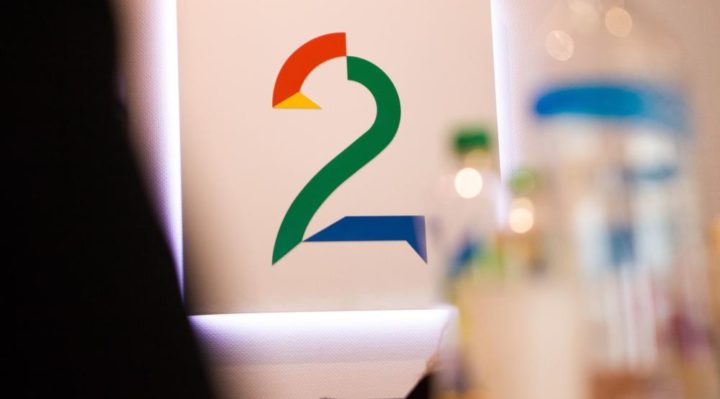 IPE today announced that TV 2, Norway’s largest commercial broadcaster, has installed IPE’s IDS production timing system as part of the construction of new broadcast and production facilities in Bergen.
IPE today announced that TV 2, Norway’s largest commercial broadcaster, has installed IPE’s IDS production timing system as part of the construction of new broadcast and production facilities in Bergen.
 Norwegian media have noted that a huge ad at Iceland’s domestic airport saying welcome to Iceland actually features a photograph of Northern Lights in a Norwegian fjord.
Norwegian media have noted that a huge ad at Iceland’s domestic airport saying welcome to Iceland actually features a photograph of Northern Lights in a Norwegian fjord.
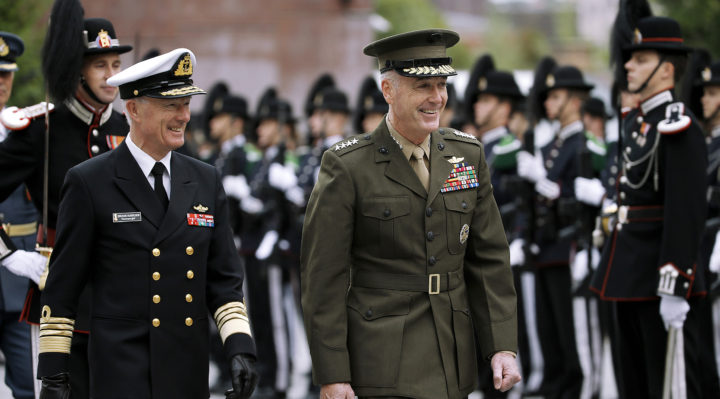


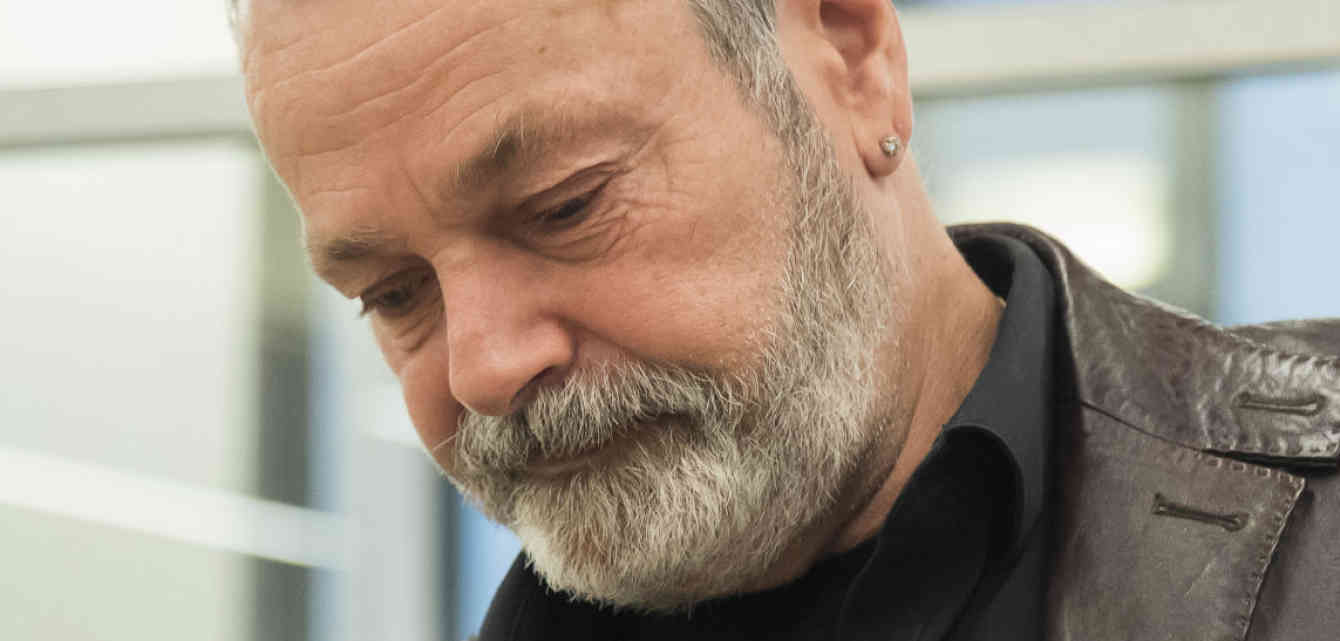
 A former senior Norwegian police officer was sentenced to 21 years in prison on Monday for aiding drug smugglers and taking bribes in a case that captivated a nation accustomed to clean law enforcement.
A former senior Norwegian police officer was sentenced to 21 years in prison on Monday for aiding drug smugglers and taking bribes in a case that captivated a nation accustomed to clean law enforcement.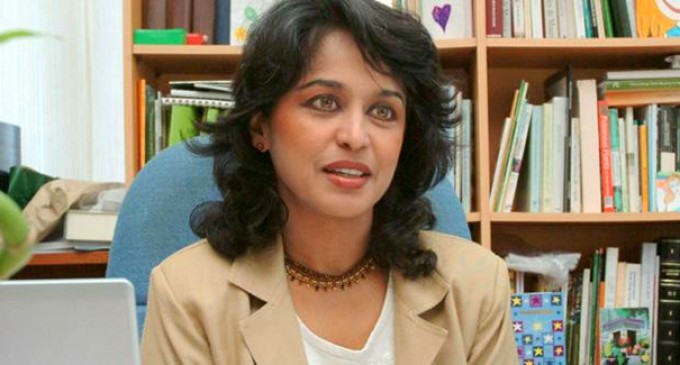
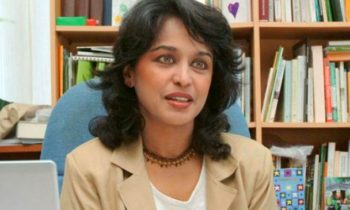 President Ameenah Gurib-Fakim will bring her insight into harnessing science, technology and innovation to combat climate change and promote biodiversity to the EAT Foundation’s (EAT) Advisory Board.
President Ameenah Gurib-Fakim will bring her insight into harnessing science, technology and innovation to combat climate change and promote biodiversity to the EAT Foundation’s (EAT) Advisory Board.
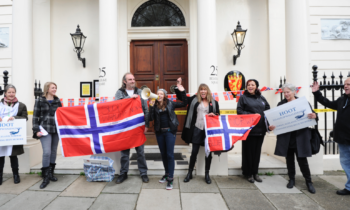 In a resolution approved on September 12, members of the European Parliament called on Norway to immediately end its whale hunting. The MEPs also called on Brussels to ensure that no whale meat transits through EU ports.
In a resolution approved on September 12, members of the European Parliament called on Norway to immediately end its whale hunting. The MEPs also called on Brussels to ensure that no whale meat transits through EU ports.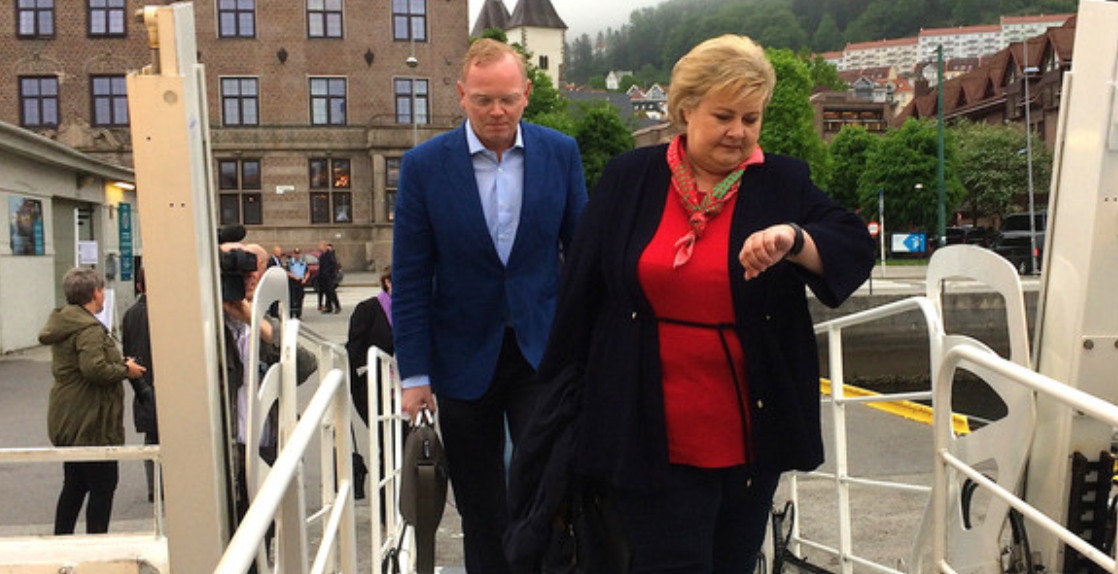
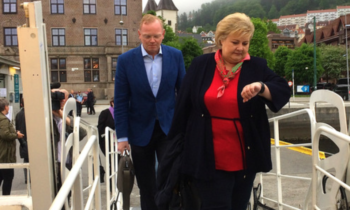



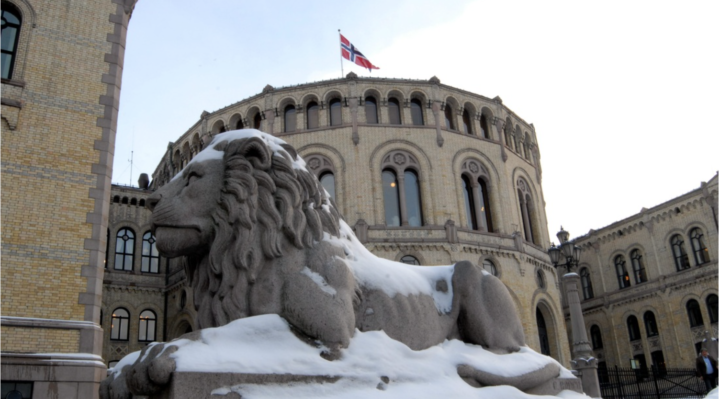 Today, Norwegians will go to the polls for their country’s parliamentary elections. While the next prime minister will undoubtedly hail from either the centre-left Labour Party or the incumbent centre-right Conservative Party, the governing coalition will be decided by minor parties’ allegiances.
Today, Norwegians will go to the polls for their country’s parliamentary elections. While the next prime minister will undoubtedly hail from either the centre-left Labour Party or the incumbent centre-right Conservative Party, the governing coalition will be decided by minor parties’ allegiances. 
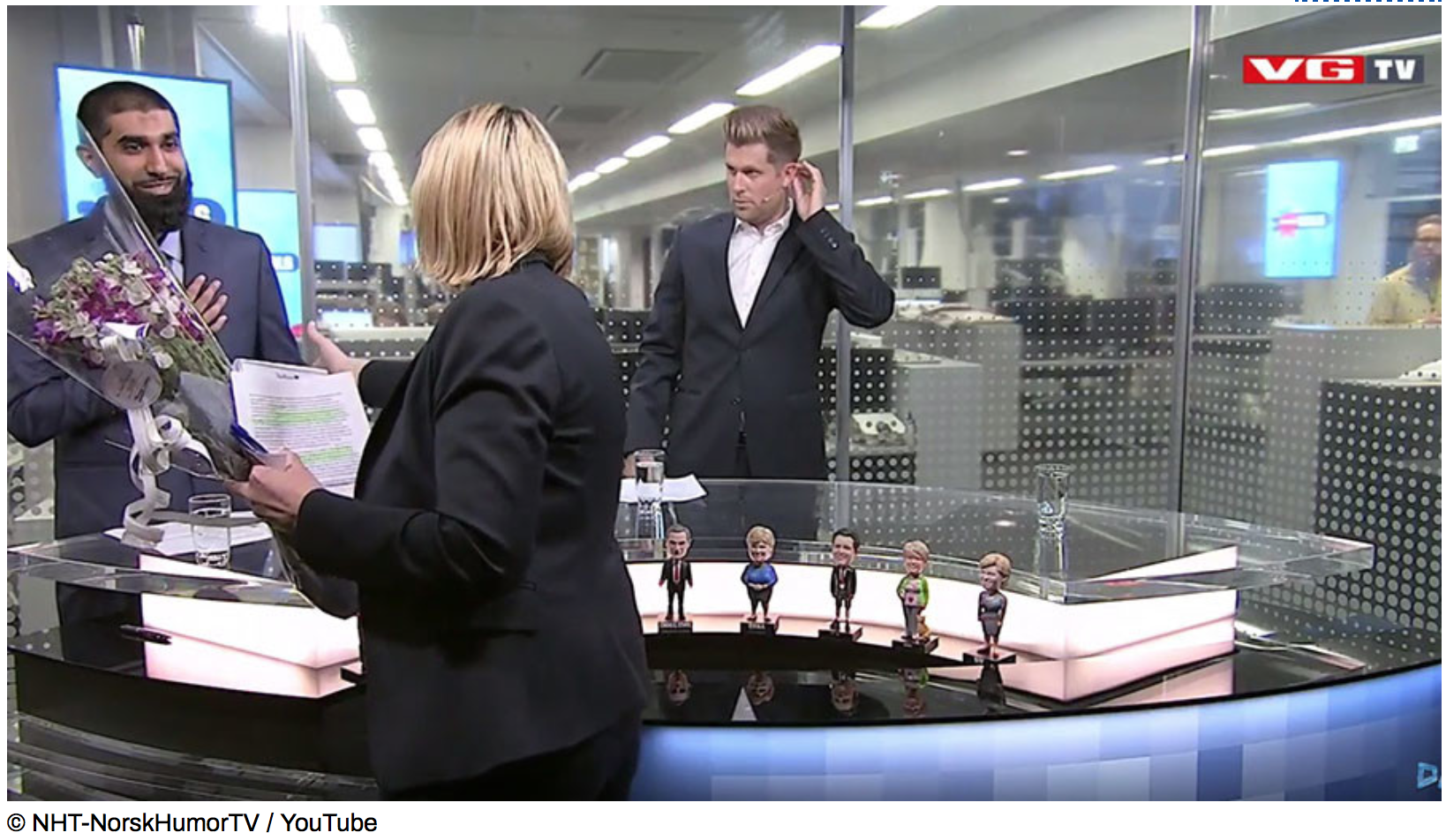
 The leader of a local Sunni Muslim organization in Norway has refused to shake hands with the country’s female minister of migration at the start of their TV debate.
The leader of a local Sunni Muslim organization in Norway has refused to shake hands with the country’s female minister of migration at the start of their TV debate.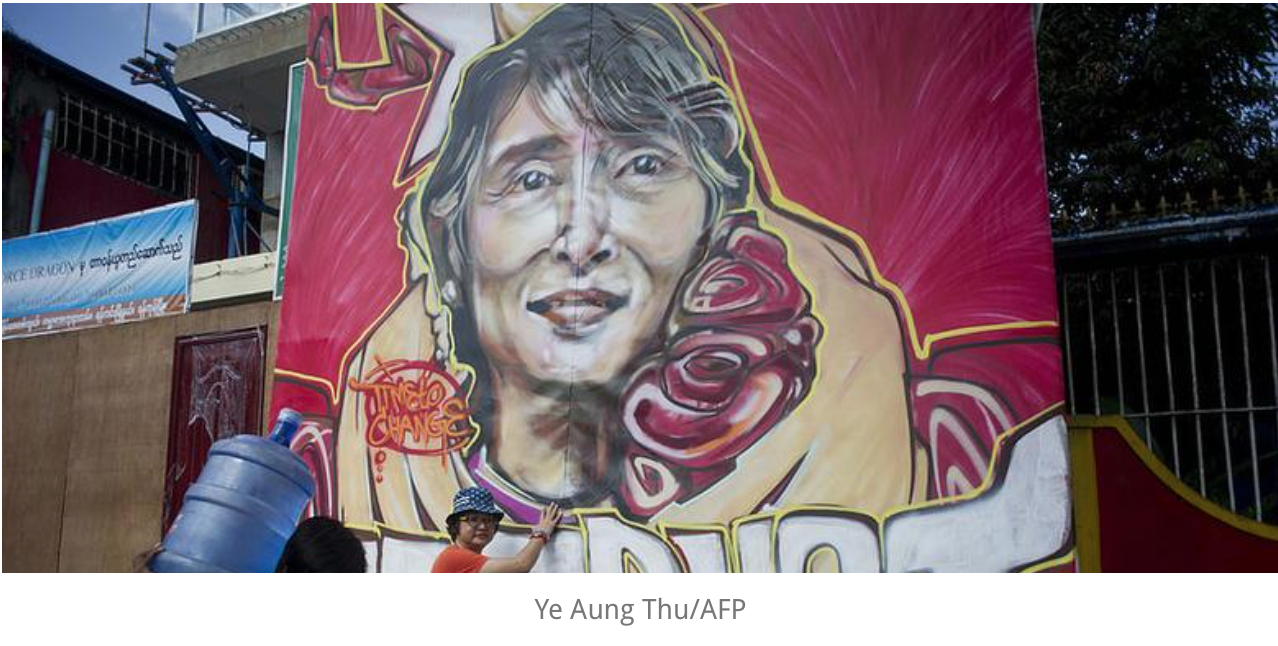
 The organisation said the rules did not stipulate the possibility of taking the honour away from laureates.
The organisation said the rules did not stipulate the possibility of taking the honour away from laureates.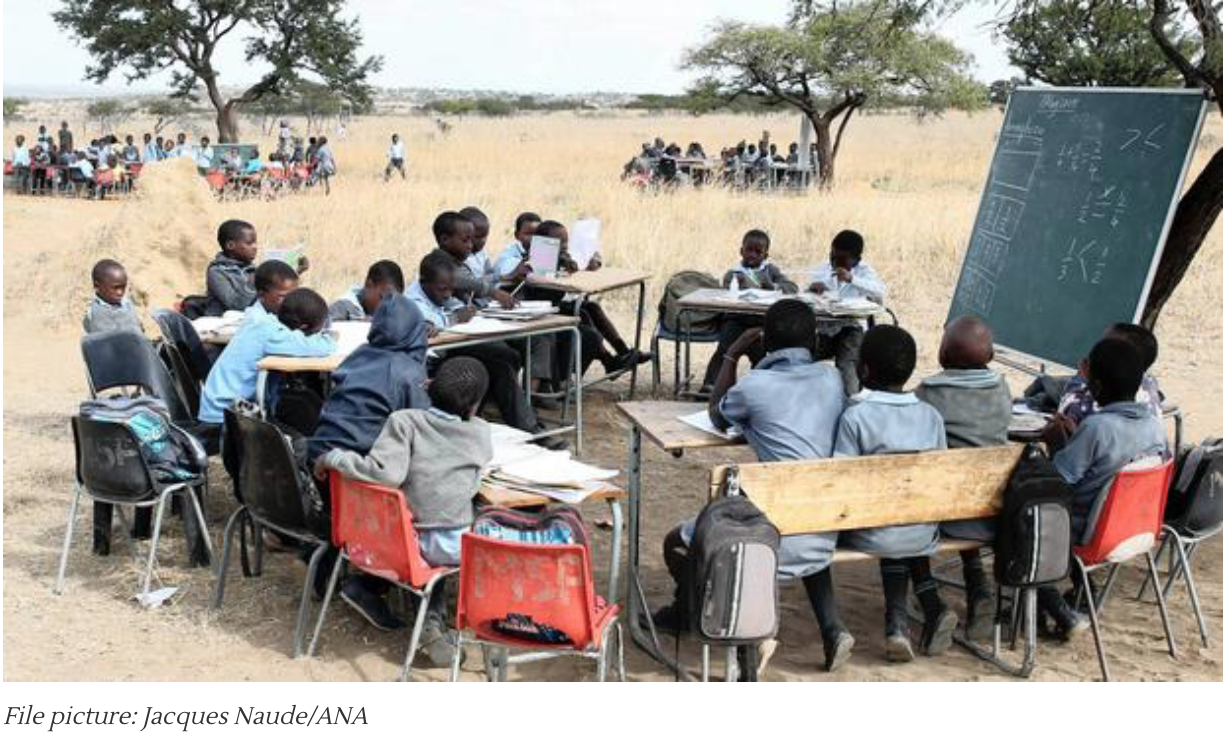
 Bujumbura – As Burundi and the world marks Literacy International Day on September 8, a refugee rights group Norwegian Refugee Council announced on Thursday that most of Burundi refugee kids have no schools and no school kits.
Bujumbura – As Burundi and the world marks Literacy International Day on September 8, a refugee rights group Norwegian Refugee Council announced on Thursday that most of Burundi refugee kids have no schools and no school kits.
 Norway’s IKM Cleandrill company is interested to work in Azerbaijan, as it sees the country is a strong market with ongoing offshore drilling activities, the company’s Managing Director Tom Hasler told Trend.
Norway’s IKM Cleandrill company is interested to work in Azerbaijan, as it sees the country is a strong market with ongoing offshore drilling activities, the company’s Managing Director Tom Hasler told Trend.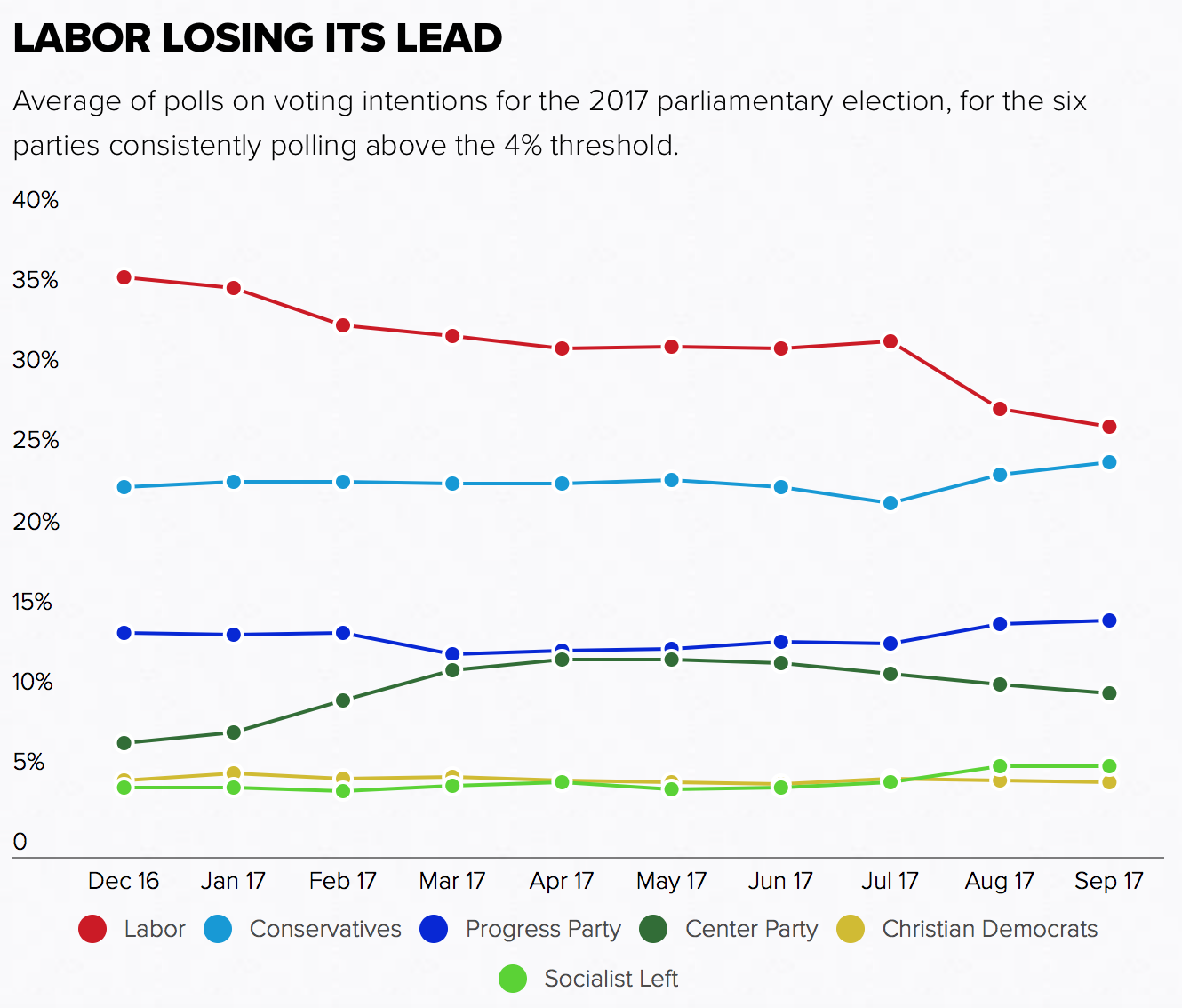
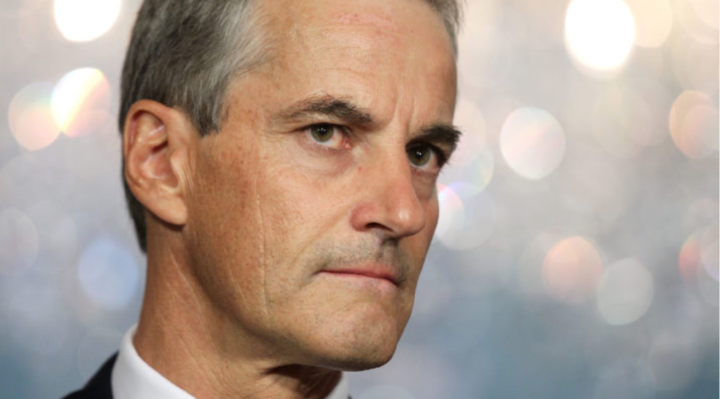 Norwegian Labor Party leader Jonas Gahr Støre reached out to voters with a brutally honest pledge — he’s going to raise their taxes if elected prime minister next week.
Norwegian Labor Party leader Jonas Gahr Støre reached out to voters with a brutally honest pledge — he’s going to raise their taxes if elected prime minister next week.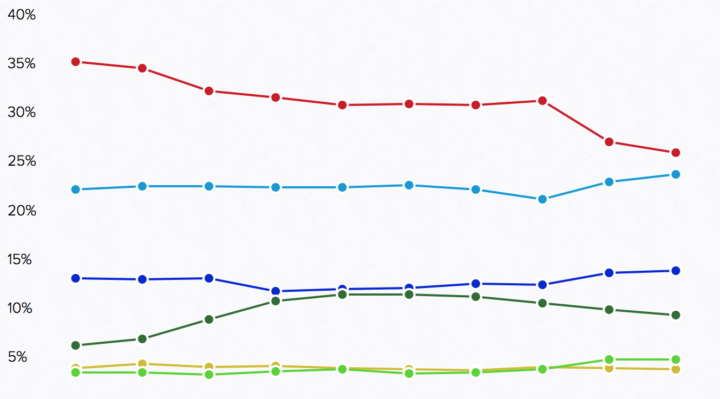
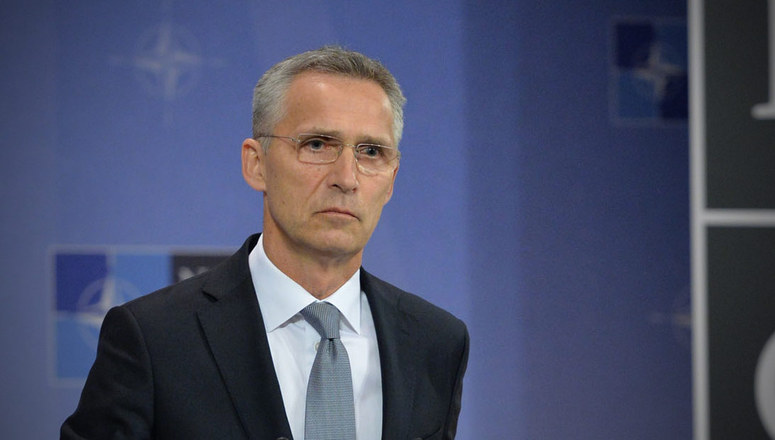
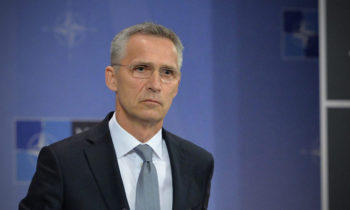 I strongly condemn that North Korea has conducted a sixth nuclear test today. This is yet another flagrant violation of multiple UN Security Council Resolutions, including UNSCR 2321 adopted in November 2016.
I strongly condemn that North Korea has conducted a sixth nuclear test today. This is yet another flagrant violation of multiple UN Security Council Resolutions, including UNSCR 2321 adopted in November 2016.
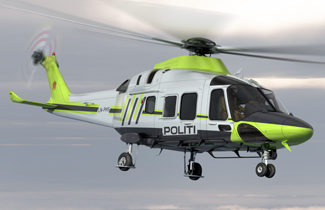 The Norwegian Police Directorate has selected the Leonardo AW169 as a law enforcement helicopter following a tender for its helicopter service modernisation programme.
The Norwegian Police Directorate has selected the Leonardo AW169 as a law enforcement helicopter following a tender for its helicopter service modernisation programme.
 If you’re in academia, you’ve likely heard the mandate, “Publish or perish.” However, a recent report from the Research Council of Norway reveals that more than a quarter of the country’s humanities researchers haven’t published. Here’s a closer look at the data, along with other key findings and suggestions aimed at facilitating growth in humanities research in Norway.
If you’re in academia, you’ve likely heard the mandate, “Publish or perish.” However, a recent report from the Research Council of Norway reveals that more than a quarter of the country’s humanities researchers haven’t published. Here’s a closer look at the data, along with other key findings and suggestions aimed at facilitating growth in humanities research in Norway.
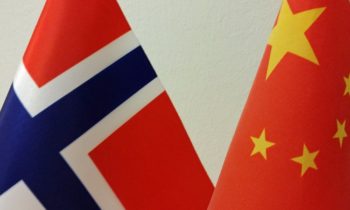 After a six-year diplomatic freeze, China and Norway have resumed talks towards a free trade agreement, with a ninth round of talks held in Beijing August 21-23.
After a six-year diplomatic freeze, China and Norway have resumed talks towards a free trade agreement, with a ninth round of talks held in Beijing August 21-23.
 Sri Lankan startups can take part in Oslo Innovation Week, with a pitching event this week, says the Sri Lanka Association of Software and Service Companies (SLASSCOM) and ICT Norway (IKT-Norge).
Sri Lankan startups can take part in Oslo Innovation Week, with a pitching event this week, says the Sri Lanka Association of Software and Service Companies (SLASSCOM) and ICT Norway (IKT-Norge).
 Statoil and Argentina’s leading energy company YPF have entered into an agreement to jointly explore hydrocarbons in the Bajo del Toro block in the Neuquén Basin onshore Argentina, the Norwegian energy major said on August 25.
Statoil and Argentina’s leading energy company YPF have entered into an agreement to jointly explore hydrocarbons in the Bajo del Toro block in the Neuquén Basin onshore Argentina, the Norwegian energy major said on August 25.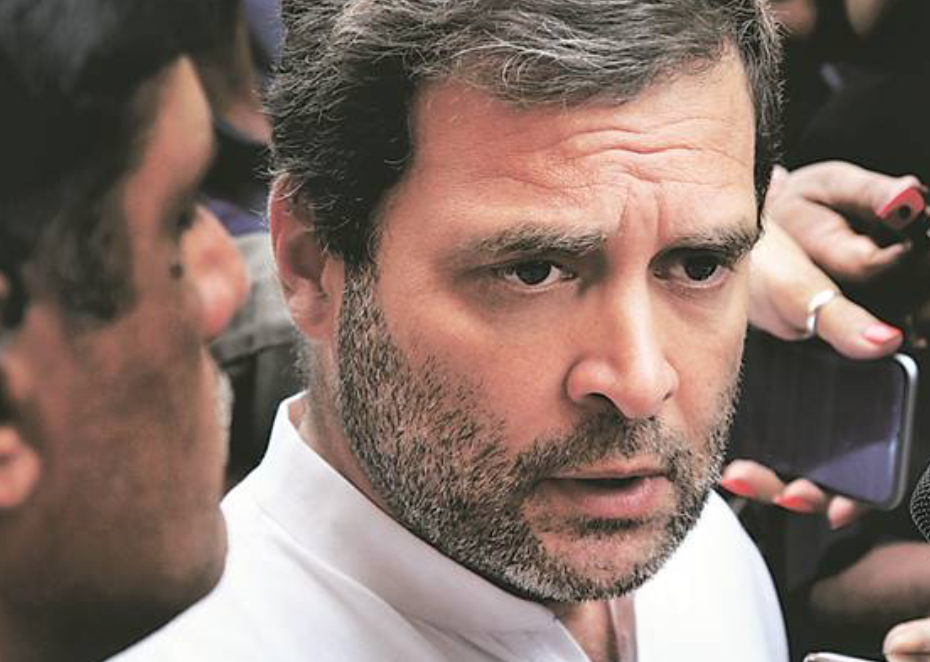
 Congress Vice President Rahul Gandhi on Friday left for the Norwegian capital Oslo, where he will meet political and business leaders, and will skip ally RJD chief Lalu Prasad Yadav’s opposition rally in Patna on Sunday. “On the invitation of the Norwegian Ministry of Foreign Affairs, will be travelling to Oslo for a few days,” he said on Twitter.
Congress Vice President Rahul Gandhi on Friday left for the Norwegian capital Oslo, where he will meet political and business leaders, and will skip ally RJD chief Lalu Prasad Yadav’s opposition rally in Patna on Sunday. “On the invitation of the Norwegian Ministry of Foreign Affairs, will be travelling to Oslo for a few days,” he said on Twitter.